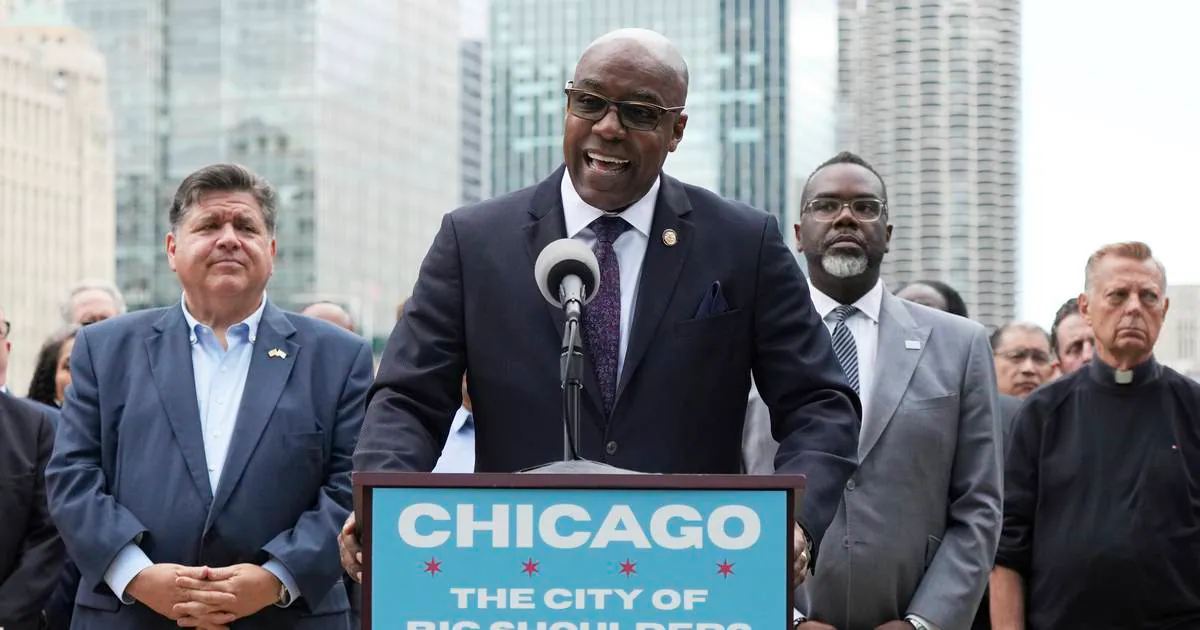Copyright Arkansas Online

When I helped design Arkansas' trauma system 15 years ago, I never imagined I'd one day be a patient whose life depended on it. In 2009, after returning to Arkansas to lead the trauma program at Arkansas Children's Hospital, I worked with the Legislature, hospitals, the Arkansas Department of Health and emergency medical services to build a coordinated statewide trauma system from the ground up. At the time, Arkansas had one of the nation's highest injury-related death rates. By creating a system that ensured the right patient reached the right hospital at the right time, our state cut preventable trauma deaths by 50 percent within the first seven years of the program and they continue to decrease today. I didn't expect that very system would later save my life. One September night in 2017, after a long day in the operating room, I climbed on my motorcycle and headed home from Arkansas Children's Hospital. A car struck me just blocks away. I remember the sound of impact, the weight of the pavement, and the realization that I was now on the opposite end of the system I had helped to build. Within minutes, paramedics that I had helped train were at my side. They stabilized me and rushed me to the University of Arkansas for Medical Sciences--the state's only Level I adult trauma center. There, the team of trauma surgeons, interventional radiologists, and orthopedic specialists worked through the night to save me. There was massive blood loss from a shattered pelvis, a shattered femur and right arm requiring four operations in four days. Had that system not existed, I would not be here today. Arkansas' experience proves what I know as both surgeon and survivor: Trauma systems save lives. Whether it's a car crash on Interstate 40, a tornado sweeping through Jonesboro, or a mass-casualty event anywhere in the country, it's the trauma system that turns life-threatening tragedy into survivability. Every region in America needs that same level of preparedness, particularly rural America where the burden of injury is highest, yet federal support for trauma infrastructure is lacking. The American College of Surgeons' MISSION ZERO program connects military and civilian trauma expertise, ensuring a coordinated response to a large-scale event. Funding for MISSION ZERO and competitive trauma grants that help hospitals maintain readiness remains uncertain year by year. That uncertainty threatens a network that is as essential to our nation's resilience as ports, pipelines, or power grids. The recent government shutdown only underscored how fragile that support can be. When budgets stall, preparedness stalls--and the clock doesn't stop on emergencies. Trauma centers are core elements of our community, state and national disaster preparedness. When trauma systems fail, trauma centers fail, communities falter and lives are unnecessarily lost. When they succeed, the benefits ripple far beyond the emergency department. They sustain rural hospitals, ensure access, train EMS providers, and create a pipeline of highly skilled professionals who stand ready for disaster response, military surge, and homeland emergencies. I've been privileged to help establish some of the first Level I pediatric trauma centers in the south-central United States--in Dallas, Austin, and now Little Rock. I've seen how steady investment, data-driven coordination, and multidisciplinary teamwork transform outcomes. But maintaining that readiness takes more than dedication from doctors and nurses; it takes commitment from Congress. As lawmakers debate next year's budget, they should see trauma systems for what they are: critical national-security infrastructure. The same expertise that saved my life keeps our nation prepared for mass-casualty events both domestically and worldwide, industrial accidents, and large-scale disasters. Sustained funding isn't just a health-care expense--it's an investment in America's resilience. I'm alive because Arkansas invested in trauma care. I'm back in the operating room because that investment worked. And I'm asking Congress to make sure every American--from the Ozarks to the coasts--can count on the same lifesaving system when the unthinkable happens. Because I've seen both sides of the trauma bay, I can tell you this: Preparedness is not an abstract policy. It's a person--a father, a teacher, a surgeon--who gets to go home. Todd Maxson, M.D., is surgeon-in-chief at Arkansas Children's Hospital and professor of surgery at the University of Arkansas for Medical Sciences. He is a member of the board of the Trauma Center Association of America, the A+ Pediatric Trauma Research Network and the Pediatric Trauma Society.



